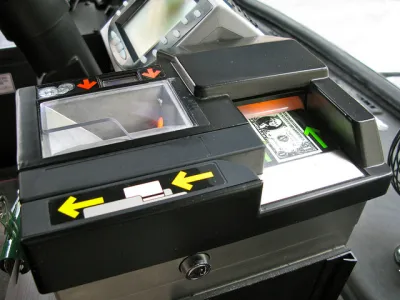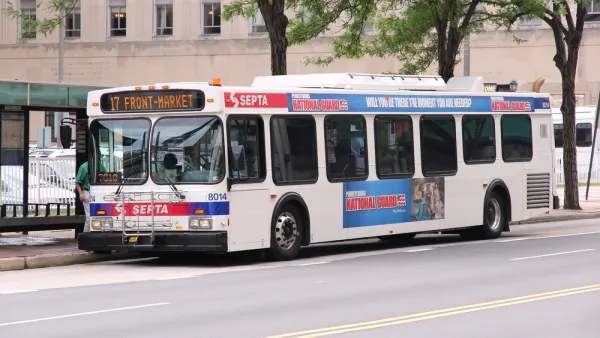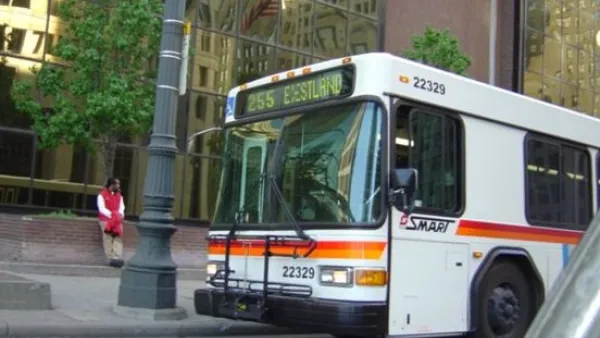As transit ridership remains tepid around the country, transit agencies are looking to diversify their funding sources and become less reliant on farebox revenue.

While transit agencies are bending over backwards to bring back passengers, they may have to accept that the post-pandemic future could mean fewer daily riders, writes Skylar Woodhouse in Bloomberg. Despite numerous efforts to reduce or eliminate fares, ridership continues to lag in most cities.
Jim Aloisi, a professor in transportation policy and planning at Massachusetts Institute of Technology, says “The problem is structural and it has to do with how agencies have relied too heavily on fare revenue.” According to Woodhouse, “Unless the government steps in or new sources of revenue are found, many agencies may be left with two choices. They can either cut service or raise fares, neither of which will help to bring riders back.” Bob Powers, head of Bay Area Rapid Transit, is calling for his agency to “to be funded more like an essential service, with less reliance on fare revenue.”
As Woodhouse notes, “The outlook appears grim but not all transit authorities are prepared to accept current ridership levels as permanent, especially with rising gas prices and increasing focus on sustainable transportation modes.”
“Nationwide, a key part in boosting ridership will be to increase service and eliminate delays,” but doing so will require new sources of funding and a model less heavily reliant on ridership revenue.
FULL STORY: Without Commuters, US Transit Agencies Are Running Out of Options

Analysis: Cybertruck Fatality Rate Far Exceeds That of Ford Pinto
The Tesla Cybertruck was recalled seven times last year.

National Parks Layoffs Will Cause Communities to Lose Billions
Thousands of essential park workers were laid off this week, just before the busy spring break season.

Retro-silient?: America’s First “Eco-burb,” The Woodlands Turns 50
A master-planned community north of Houston offers lessons on green infrastructure and resilient design, but falls short of its founder’s lofty affordability and walkability goals.

Test News Post 1
This is a summary

Analysis: Cybertruck Fatality Rate Far Exceeds That of Ford Pinto
The Tesla Cybertruck was recalled seven times last year.

Test News Headline 46
Test for the image on the front page.
Urban Design for Planners 1: Software Tools
This six-course series explores essential urban design concepts using open source software and equips planners with the tools they need to participate fully in the urban design process.
Planning for Universal Design
Learn the tools for implementing Universal Design in planning regulations.
EMC Planning Group, Inc.
Planetizen
Planetizen
Mpact (formerly Rail~Volution)
Great Falls Development Authority, Inc.
HUDs Office of Policy Development and Research
NYU Wagner Graduate School of Public Service




























